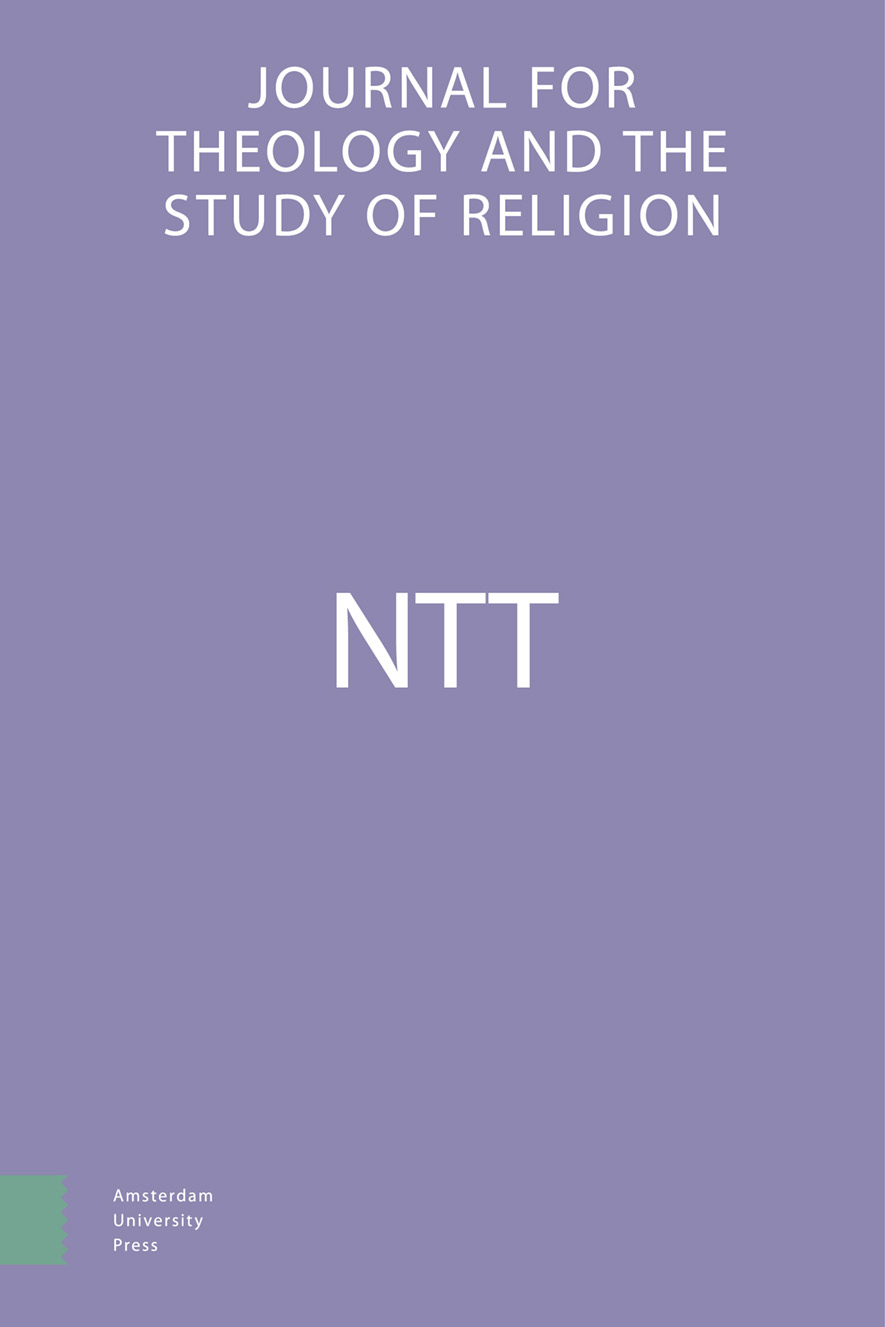-
oa Daar zaten de vrouwen, die Tammuz beweenden (Ezechiël 8:14)
1Dit artikel is de uitwerking van een lezing gehouden op een klein symposium gehouden 2 februari 1996 georganiseerd door de Onderzoeksgroep: ‘Het Oude Testament: Tekst, Context en Interpretatie’ ter gelegenheid van de publicatie van B. Becking & M. Dijkstra (eds.), On Reading Prophetic Texts: Gender-Specific and Related Studies in Memory of Fokkelien van Dijk-Hemmes, Leiden 1996. Het is in het bijzonder een uitwerking van mijn bijdrage ‘Goddess, Gods, Men and Women in Ezekiel 8’, ibidem, 98 n. 49. Ik bedank de deelnemers aan het symposium voor hun reacties, waarvan sommige zeer bruikbaar zijn gebleken.
- Amsterdam University Press
- Source: NTT Journal for Theology and the Study of Religion, Volume 50, Issue 3, jul. 1996, p. 203 - 214
-
- 01 jul. 1996
Samenvatting
Gender-specific rendering of the Old Testament aims among other things at rediscovery of the hidden history of women in the Bible and the ancient Near East. An interesting test-case is Ezekiel 8:14. The prophet Ezekiel observes in the temple a group of women performing funeral rites for the god Tammuz. Careful study of grammar_ and literary structure of the text and the socio-religious background of the Tammuz-cult demonstrate that the rite was an integral part of the preparations for the autumnal festival. The article of the word hannāšȋm refers to a well-defined guild of wailing-women who played a representative part in the observed rituals along with the groups of men mentioned. Like elsewhere, the Tammuz-cult in Jerusalem was not a marginal women’s cult, but the special domain of a professional guild of women in the official cult.


